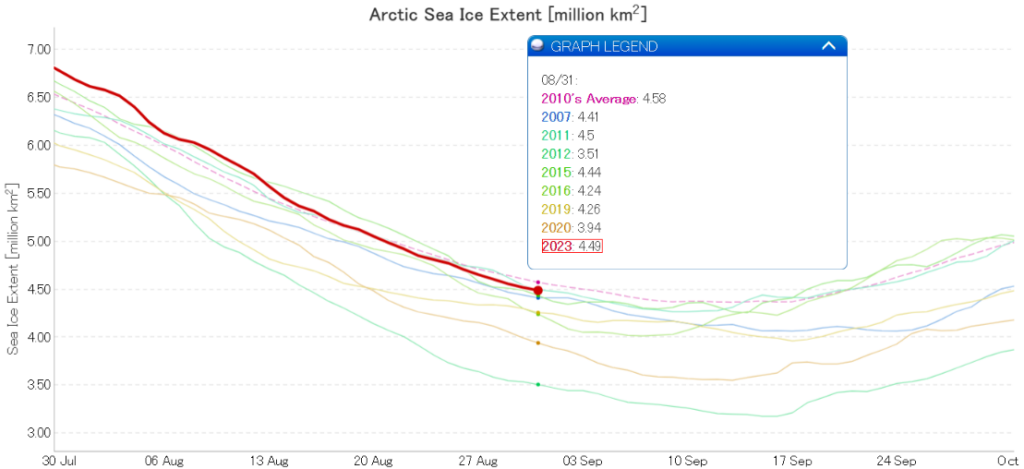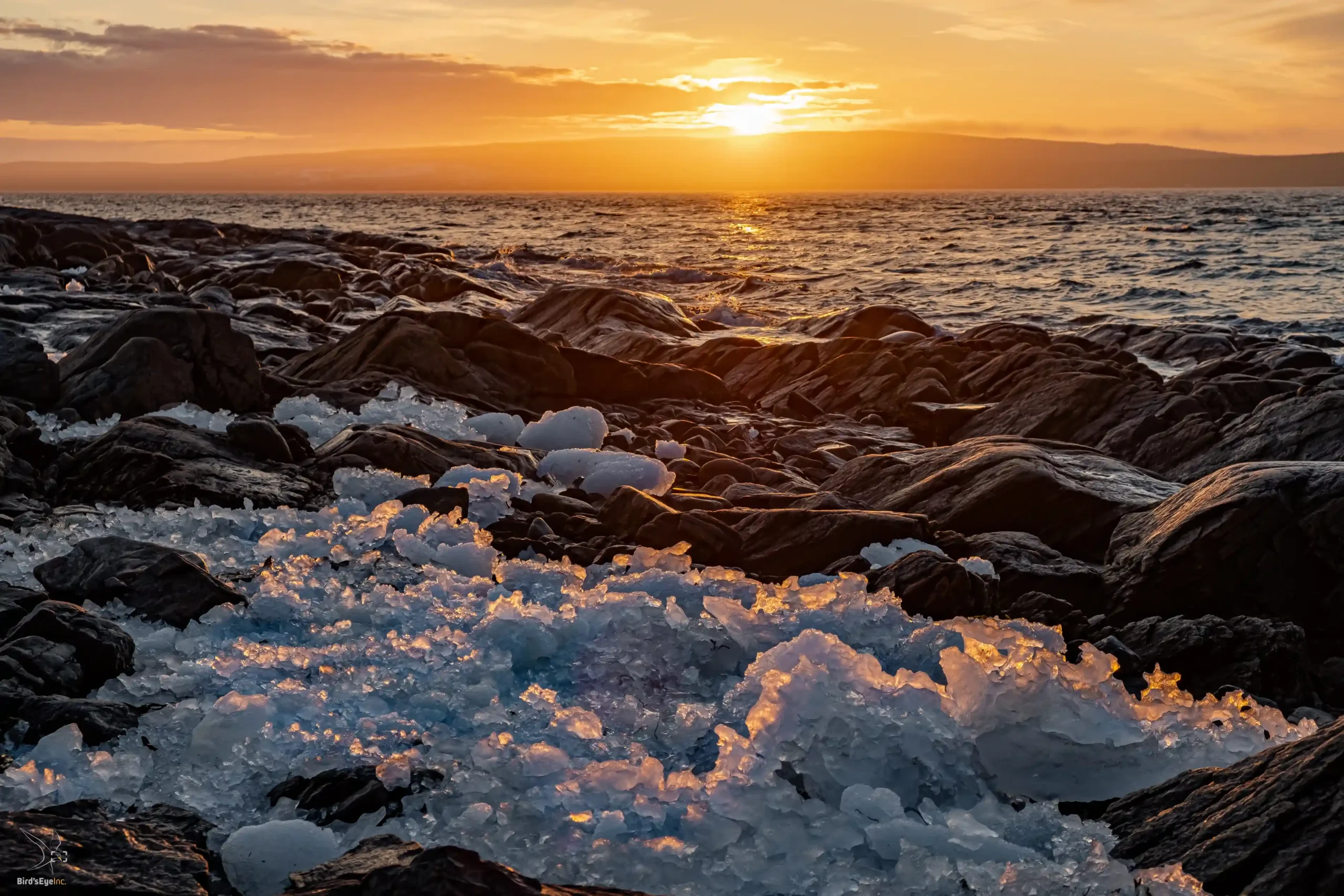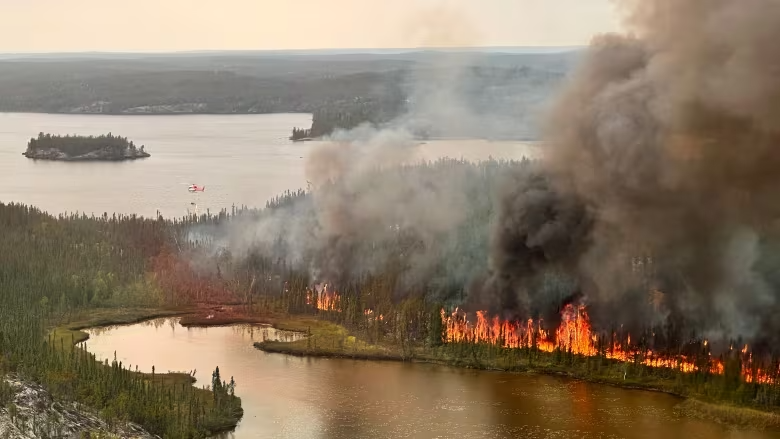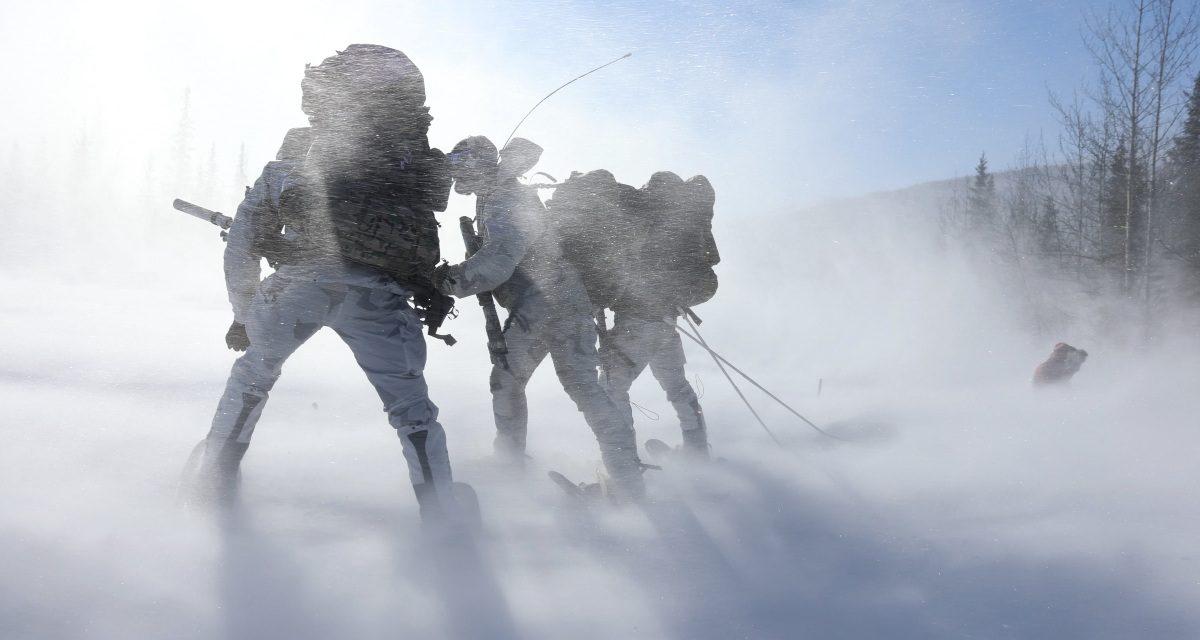Late summer heat wave avoids central Arctic
Antarctic sea ice extent increased during the second half of the month.
Investigating Ice Load on Marine Structures in the Arctic Region
Sea ice in the Arctic and Subarctic regions poses significant risks to the safety of marine structures. With the growth of human activities in these regions, there is a need for reliable design and maintenance of structures against ice-induced forces….
U.S. Coast Guard Cutter Healy, National Science Foundation embark on Arctic Ocean mission
U.S. Coast Guard Cutter Healy (WAGB 20) crew and embarked researchers departed Kodiak, Saturday, for the cutter’s second mission this year in the high latitudes of the Arctic Ocean. Healy’s next mission takes the cutter west, where the crew and…
Facts About the Arctic in September 2023
There’s lots of coverage specifically about assorted Arctic sea ice extent metrics over on the “2023 Minimum Extent” thread.
New dawn for Arctic’s first people: the Inuit plan to reclaim their sea
The environment Inuit have lived in for millennia is changing fast. Canada’s government once ignored Indigenous knowledge of it but now they are jointly creating the Nunatsiavut conservation area. A plume of red erupts in the grey-blue waters and Martin…
N.W.T. fires have released 97 megatonnes of carbon, says European agency
Territory on track to beat 2014 record for how much land has burned Wildfires in the N.W.T have emitted 97 megatonnes of carbon into the air so far this year — 277 times more than what was caused by humans in the…
Arctic nations: High stakes in the High North
The High North, with its rich resources, strategic maritime routes and contested territorial claims, is becoming increasingly important to Russia and NATO. DW traveled to Norway to observe an annual military drill taking place against a very different geopolitical backdrop…
Arctic Animals: Which Species Have Stayed or Migrated Due to Global Warming?
Arctic animals such as polar bears and foxes are some of the living organisms that have adapted to the harsh, cold environments of Earth’s Northern Hemisphere. In the Arctic Circle, which consists of the Arctic Ocean, some parts of northern…
Toxic trouble as the Arctic heats up
Chemists race to understand how global pollutants are contaminating the Arctic as climate change threatens to intensify the problem. or the 300 polar bears that call Svalbard, Norway, home, the rocky archipelago between the top of Norway and the North…








